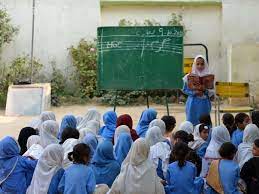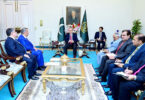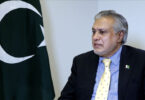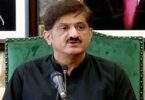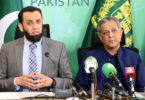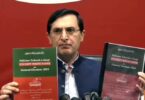Muhammad Rasheed
In this article we are going to discuss the gender inequality in education within the rural areas of Pakistan, highlighting the significant disparities between male and female educational opportunities and achievements. The study focuses on socio-cultural norms, economic constraints, and inadequate infrastructure as the primary factors contributing to these gaps.
This article sets the stage by discussing the critical role of women in society, emphasizing that their contributions, whether through employment in educational sectors or other means, are vital for societal well-being. It then transitions into the problem statement, articulating the significant challenge that gender inequality in education poses to social and economic development in rural Pakistan. This disparity not only infringes on the fundamental right to education for girls and women but also limits their participation in various spheres, ultimately stunting national progress.
The root causes of gender inequality in education, identifying cultural norms and practices, economic factors, early marriages, and the quality of education as the key contributing factors. It details how patriarchal values prioritize male education over female, leading to a preference for investing in boys’ schooling. The cultural biases are further exacerbated by economic challenges, with families often facing difficult decisions about whom to educate when resources are scarce.
Thus limiting educational opportunities for young women and perpetuating cycles of poverty, how poverty exacerbates educational disparities, with impoverished families more likely to allocate scarce resources to boys’ education, viewing it as a better investment. The indirect costs of education, such as uniforms and transportation, which can be prohibitive for many families, particularly affecting girls.
The quality of education in rural areas is critiqued for being inferior to that in urban centres, with a lack of female teachers, inadequate materials, and poor infrastructure hindering girls’ education further. The government policies and their implementation, highlights the shortfall in resources and political will as significant obstacles to achieving gender equality in education.
Despite existing policies aimed at reducing disparities, their execution often falls short, hindered by various challenges. Harnessing the collective power of local communities, educators, policymakers, and global allies, we stand on the brink of transforming the educational landscape into one where all girl’s educational aspirations become tangible realities.
This unified pursuit transcends moral duty, representing a pivotal investment in our collective destiny. It promises to elevate communities by unleashing the immense potential of its female populace. Advocating for bespoke, community-driven strategies, this effort requires unwavering dedication from all societal quarters to foster gender educational equity.
This imperative aligns with global sustainable goals, championing equality and justice. The insights gleaned from this study illuminate the intricate barriers to gender parity in rural Pakistan’s education, spotlighting the urgent need for targeted, innovative strategies to bridge these gaps effectively.
The writer has done Master in Political Science FISIP University of Indonesia and can be reached as Email: muhammadrasheed38@gmail.com

